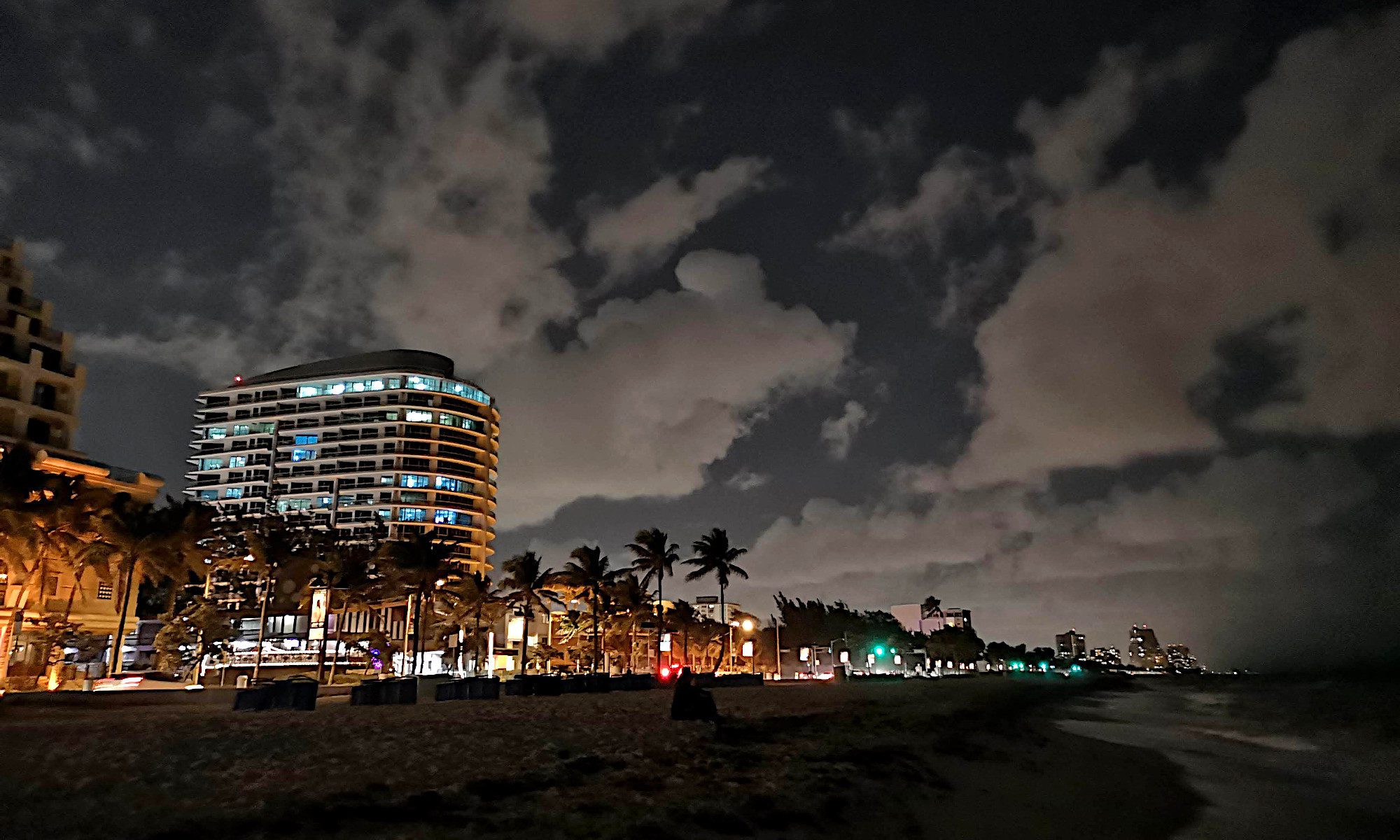
This is a photo from June, 1957 of my friend Rob Hyndman’s father, an RCAF pilot, who added this caption: “The day of my first solo flight in 050. I had 9 earlier great flights with my instructor one F/O Ingram, a former F-86 Sabre jock of world renown.”
The Sabre jock of world renown was my father, Donald Lew Ingram. He and Rob’s dad were both stationed at Zweibrücken, West Germany as part of 427 Squadron, which in turn was part of 3 Wing, a small group of Canadian fighter pilots whose job was to patrol the border with East Germany. In 1962, the year I was born, the base was switched over to become a forward operating base with nuclear weapons capacity, and the pilots started flying CF-104 Starfighters.
I was born while my father was in Zweibrücken, although we only lived there for a year or two after that and then moved back to Canada (Weird fact: Hockey Night in Canada host Ron MacLean was also born in Zweibrücken, I found out a little while ago). Many decades later, Rob and I met after he read the bio on my blog and noticed that we both lived in Zweibrücken when we were kids. We had coffee, and started talking about blogs and the social web — what was then called Web 2.0 — and that led to further conversations with friends, and in 2005 we started a conference in Toronto called Mesh.
Continue reading “A Sabre jock of world renown”















